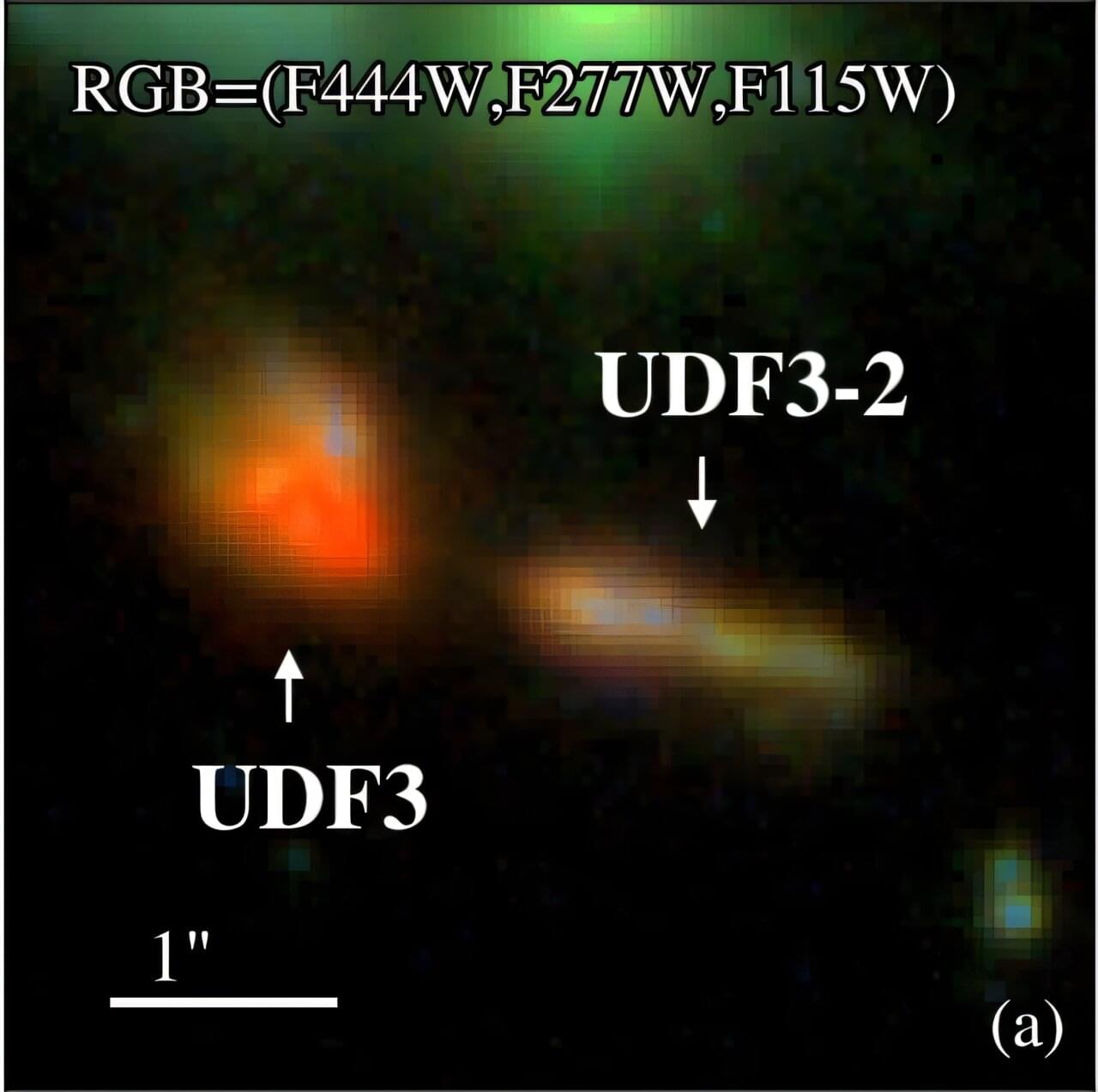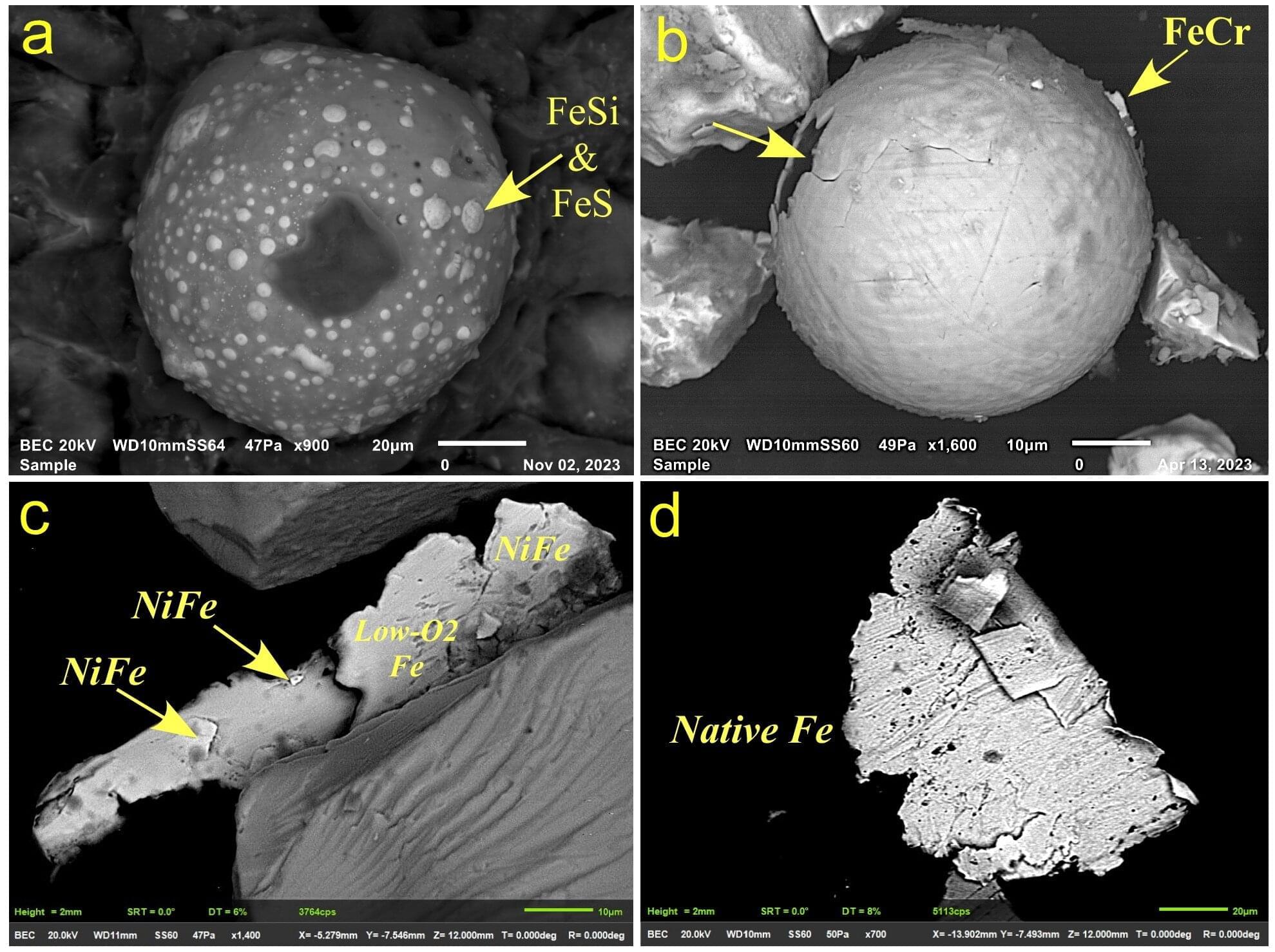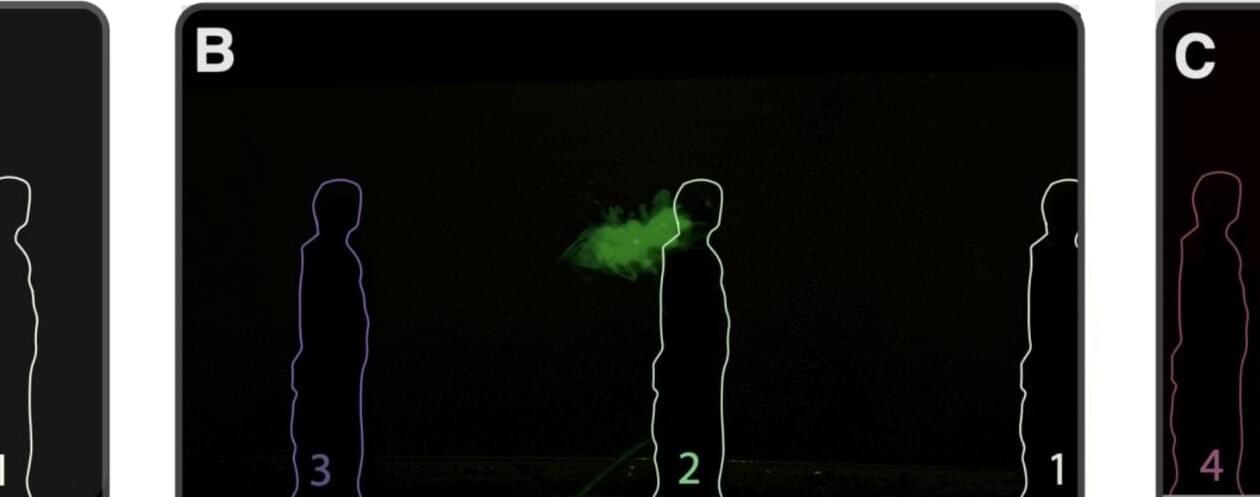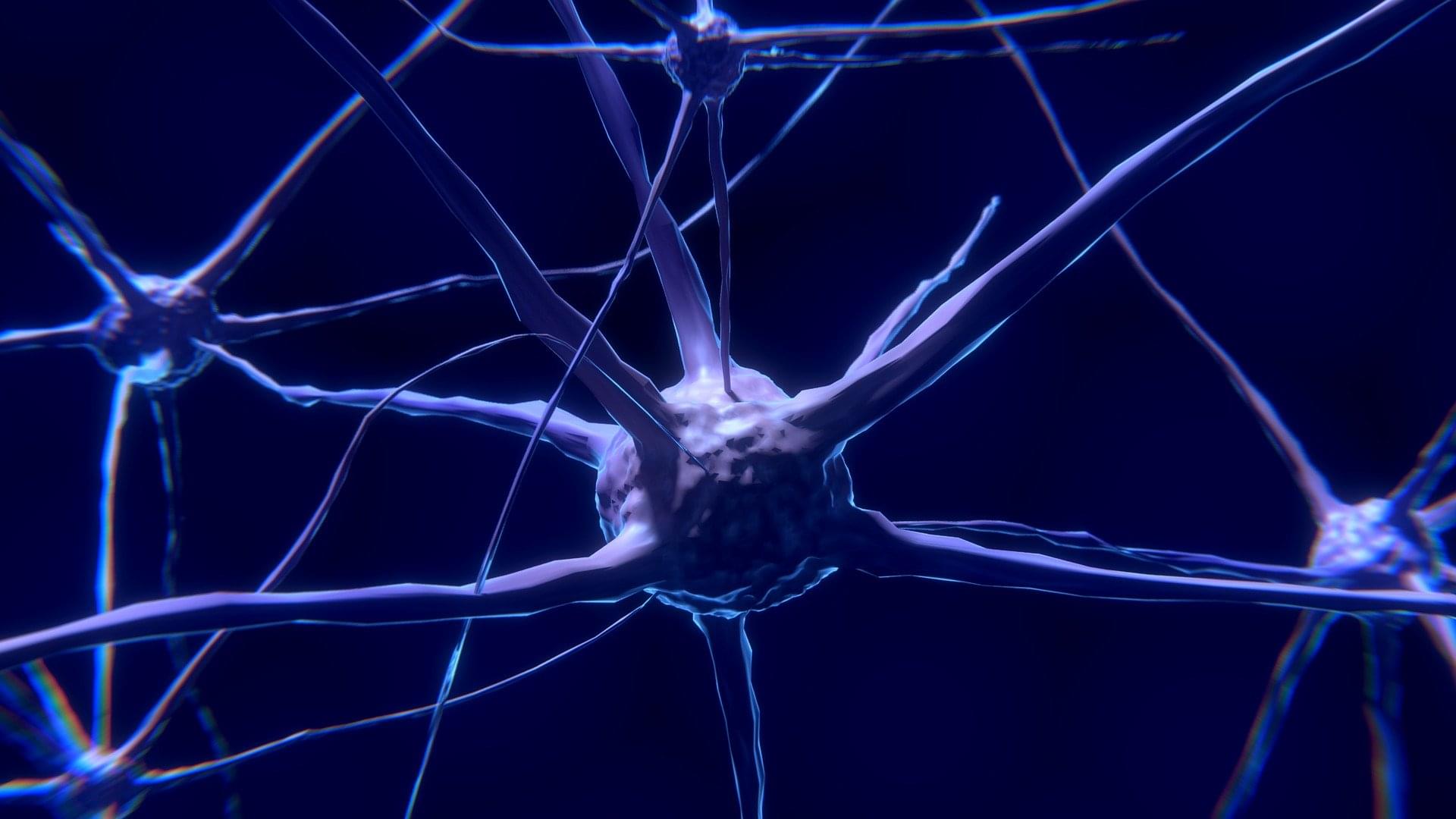An international team of astronomers, led by The University of Texas at Austin’s Cosmic Frontier Center, has identified the most distant black hole ever confirmed. It and the galaxy it calls home, CAPERS-LRD-z9, are present 500 million years after the Big Bang. That places it 13.3 billion years into the past, when our universe was just 3% of its current age. As such, it provides a unique opportunity to study the structure and evolution of this enigmatic period.
“When looking for black holes, this is about as far back as you can practically go. We’re really pushing the boundaries of what current technology can detect,” said Anthony Taylor, a postdoctoral researcher at the Cosmic Frontier Center and lead on the team that made the discovery.
The research is published in The Astrophysical Journal.









